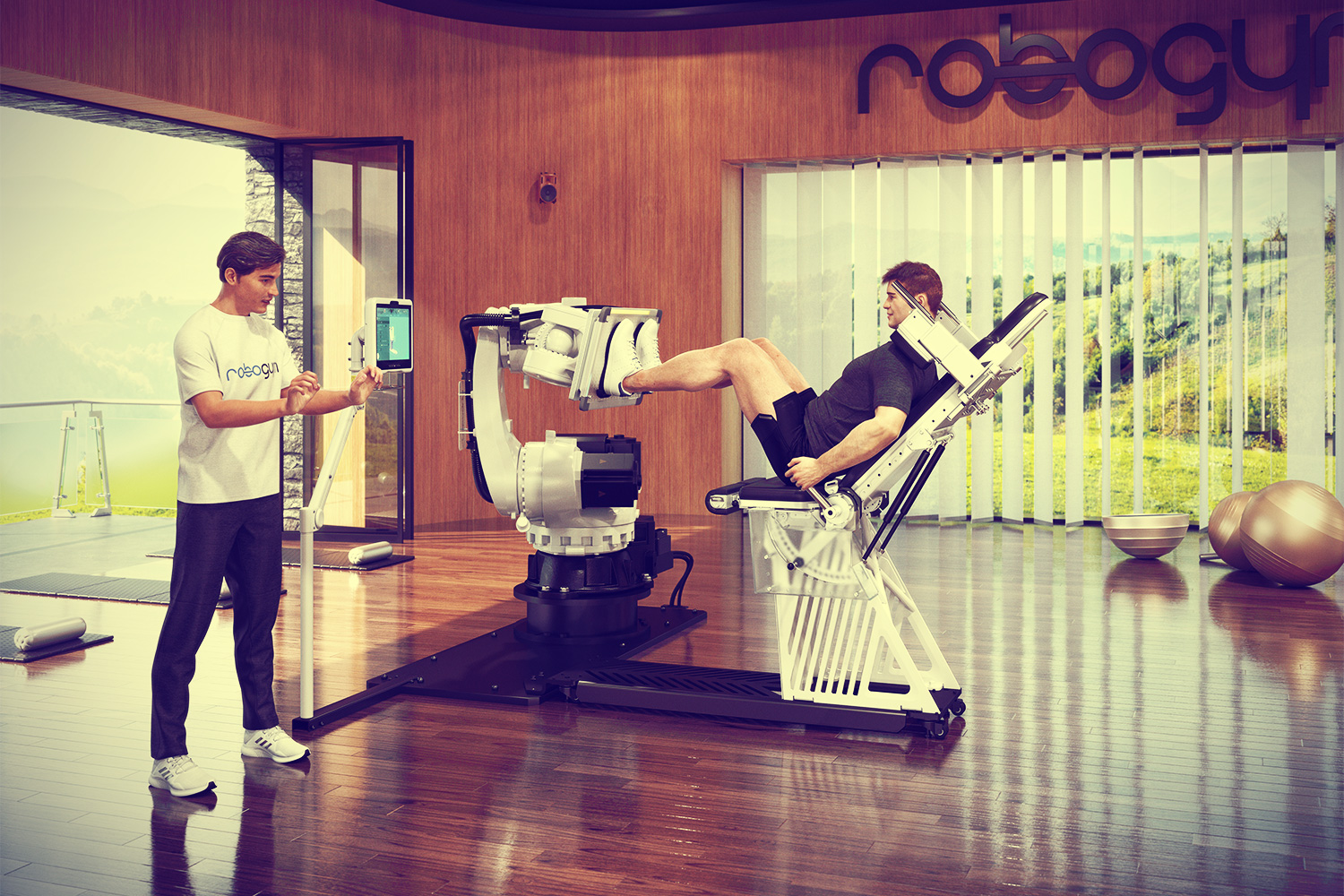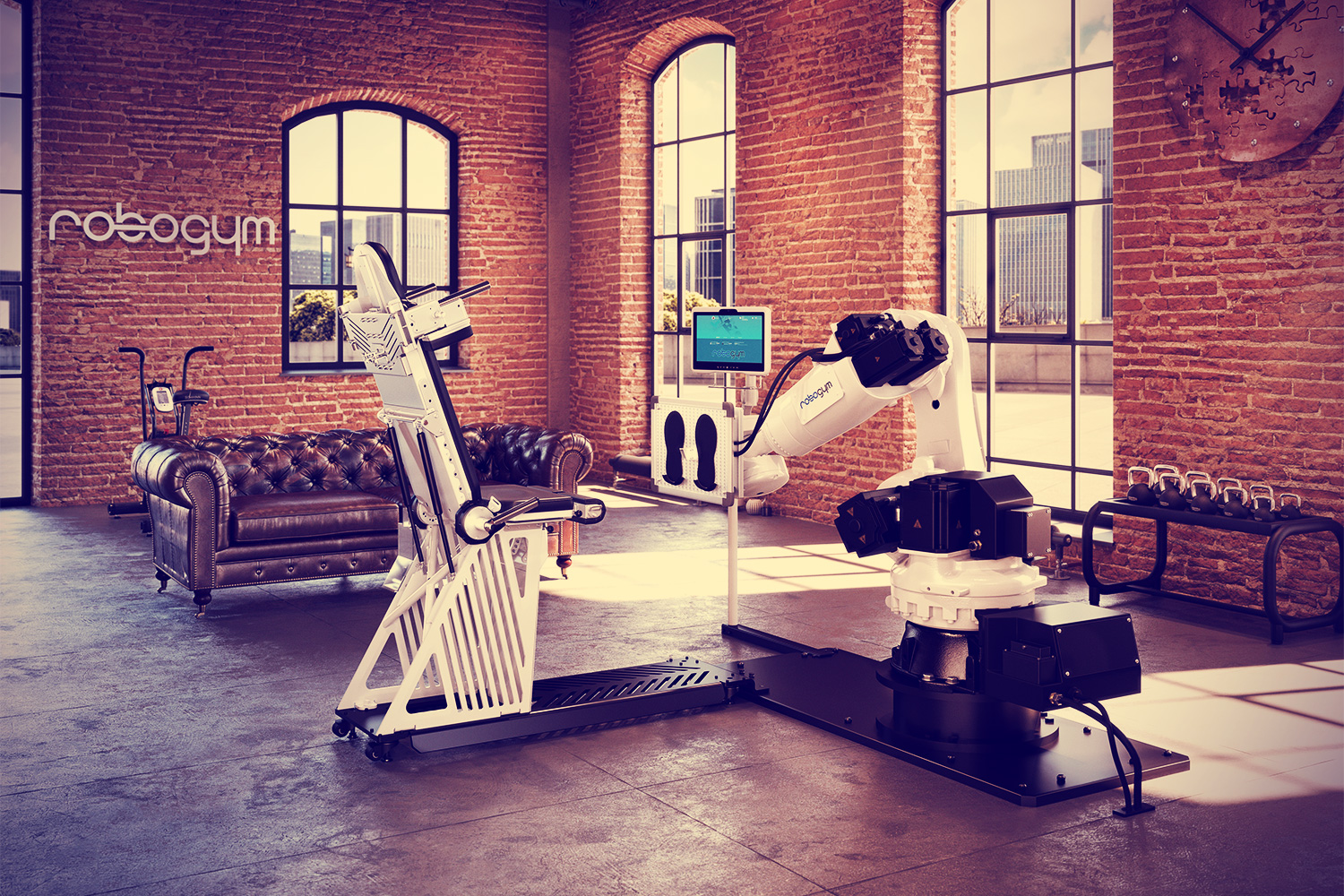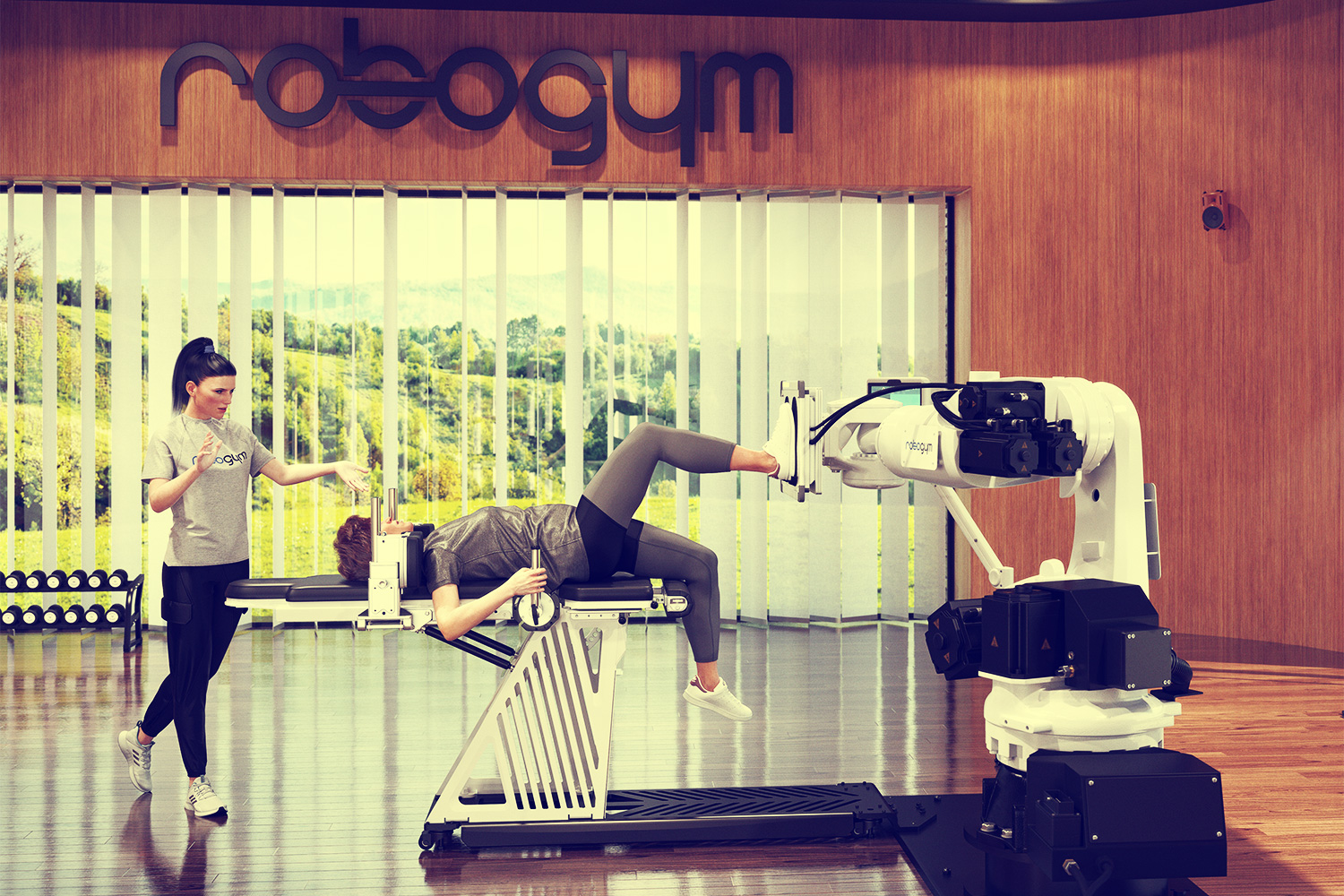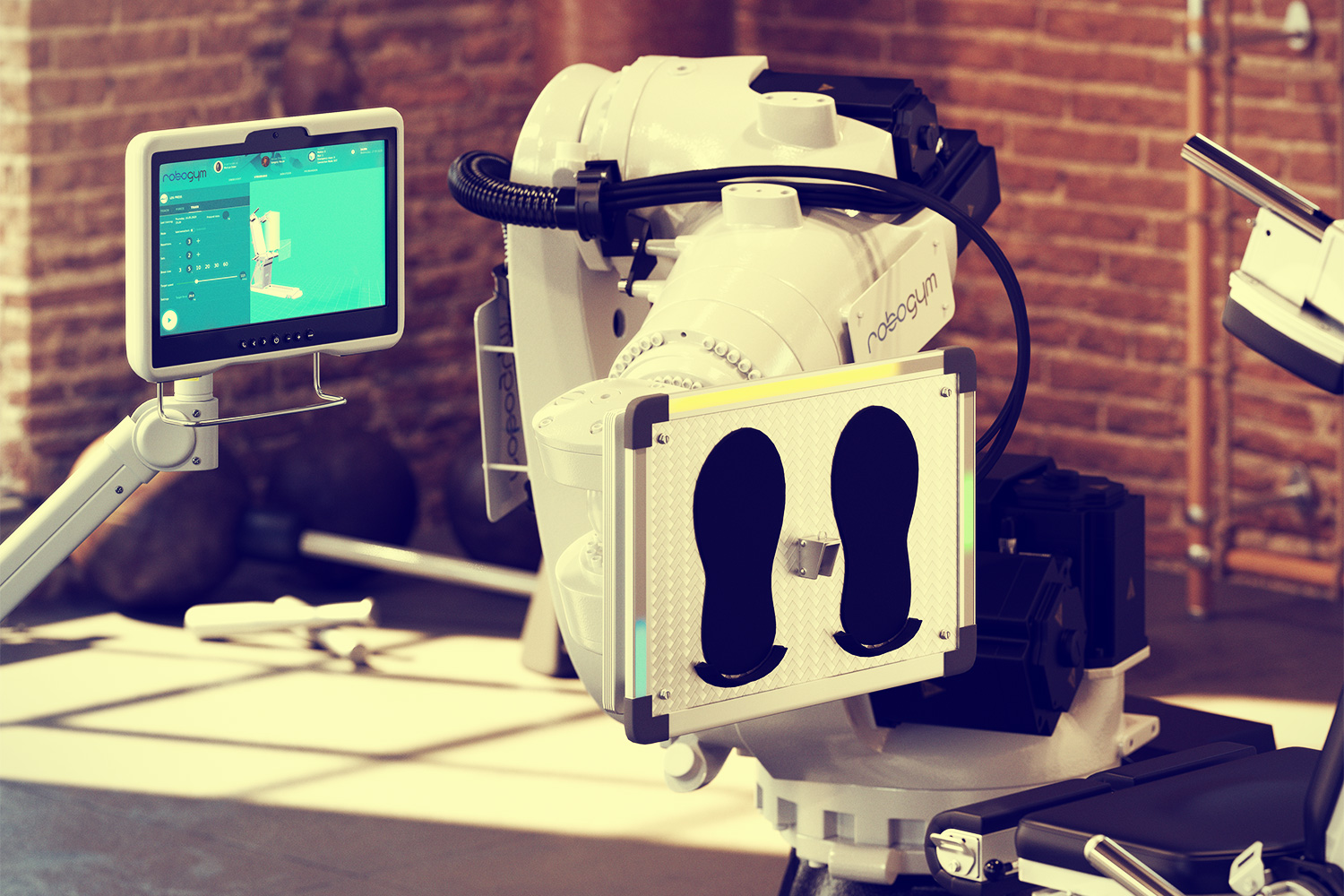Roboverse Reply, das auf die Integration von Robotik-Lösungen spezialisierte Unternehmen der weltweit agierenden Reply Gruppe, leitet das von der EU finanzierte Projekt „Fluently“. Das Projekt zielt darauf ab, eine Plattform zu schaffen, die eine echte soziale Zusammenarbeit zwischen Menschen und Robotern in industriellen Umgebungen ermöglicht, indem sie die neuesten Fortschritte in der KI-basierten Entscheidungsfindung nutzt.

Ziel dieses dreijährigen Projekts ist es, eine Plattform sowie ein tragbares Gerät für Industriearbeiter und Roboter zu entwickeln, die den Maschinen ermöglichen, Sprache, Inhalt und Tonfall genauer zu interpretieren und Gesten automatisch in Roboteranweisungen umzuwandeln. Weiterer Bestandteil des Projekts ist der Aufbau des Trainingszentrums „Fluently RoboGym“, in dem Fabrikarbeiter und Roboter trainieren können, im Industrieprozess reibungslos zu interagieren.
Praktische Anwendungsfälle für die Mensch-Roboter-Kollaboration beziehen sich auf für die europäische Wirtschaft wichtige Wertschöpfungsketten, die hohe physische Belastungen und hohe Anforderungen an die menschliche Erfahrung sowie Kompetenz mit sich bringen. Dies betrifft z. B. die Demontage und das Recycling von Lithiumzellenbatterien, Prüf- und Montageprozesse in der Luft- und Raumfahrtindustrie sowie die Aufarbeitung komplexer Industrieteile mittels additiver Fertigung.
An dem Projekt sind zweiundzwanzig Partner beteiligt, darunter die Schweizer Universität SUPSI. Anna Valente, Leiterin des SUPSI-Labors für Automation, Robotik und Maschinen und Mitglied des Schweizer Wissenschaftsrats, fügt hinzu: „Das Projekt Fluently zielt darauf ab, Roboter zu Teamplayern auszubilden, die menschliche Arbeiter bestmöglich unterstützen. Als wissenschaftliche und technische Koordinatoren wollten wir mit Fluently einen wichtigen Beitrag zur Weiterentwicklung der Mensch-Roboter-Kollaboration leisten und gleichzeitig eine Best Practice und einen Proof of Concept (PoC) für integrativere sowie interaktive Ökosysteme schaffen.“
Das Projekt hat das erste Entwicklungsjahr erfolgreich abgeschlossen und erste Meilensteine erreicht. Das Team konzentriert sich aktuell auf drei Hauptarbeitspakete:
- Design des Fluently Interfaces, bestehend aus dem Design des Fluently Geräts, Softwaretests und Integration in tragbare Steuerungs- und Robotersysteme;
- Entwicklung von KI-Modellen, einschließlich Architekturdesign, Edge Computing, Training von RoboGym-Modellen und Unterstützung von Mensch-Roboter-Teamarbeit;
- RoboGym-Design und -Implementierung, d. h. Festlegung der RoboGym-Spezifikationen und -Ziele sowie Entwicklung und Aufbau von drei Trainingsbereichen.
Das Fluently-System stützt sich auf innovative Technologien, um eine nahtlose Kommunikation zwischen Menschen und Robotern sicherzustellen. Die Verarbeitung natürlicher Sprache, Hardware für die freihändige Steuerung von Robotern aus der Ferne, Monitoring physiologischer Signale und Eye-Tracking werden im Rahmen dieses Projekts erforscht und integriert.
„Wir sind stolz darauf, das innovative Fluently-Projekt zu koordinieren, das Partner aus Wissenschaft und Industrie zusammenbringt, um eine empathische Roboterplattform zu entwickeln, die Sprachinhalte, Tonfall und Gesten interpretieren kann und Industrieroboter für jedes Qualifikationsprofil einsetzbar macht“, kommentiert Filippo Rizzante, CTO von Reply. „Roboter, die mit Fluently ausgestattet sind, werden den Menschen bei physischen wie kognitiven Aufgaben unterstützen, lernen und Erfahrungen mit den menschlichen Teamkollegen sammeln.“

 That’s precisely what the RoboGym development team is dealing with, along with similar questions in a research project entitled RoSylerNT, which is being funded by the Federal Ministry of Education and Research. Over the past three years, the experts at RWTH Aachen University, the German Sport University Cologne, and BEC GmbH have jointly developed a multifunctional, robotic weightlifting device that will, on the one hand, help athletes to increase their own performance even further and to shorten the recuperation period following an injury. On the other hand, individual adjustments to the requirements of the person exercising also make it suitable for training in later years in a way that’s gentle on the joints and thus preserves muscle strength and prevents injuries.
That’s precisely what the RoboGym development team is dealing with, along with similar questions in a research project entitled RoSylerNT, which is being funded by the Federal Ministry of Education and Research. Over the past three years, the experts at RWTH Aachen University, the German Sport University Cologne, and BEC GmbH have jointly developed a multifunctional, robotic weightlifting device that will, on the one hand, help athletes to increase their own performance even further and to shorten the recuperation period following an injury. On the other hand, individual adjustments to the requirements of the person exercising also make it suitable for training in later years in a way that’s gentle on the joints and thus preserves muscle strength and prevents injuries.

